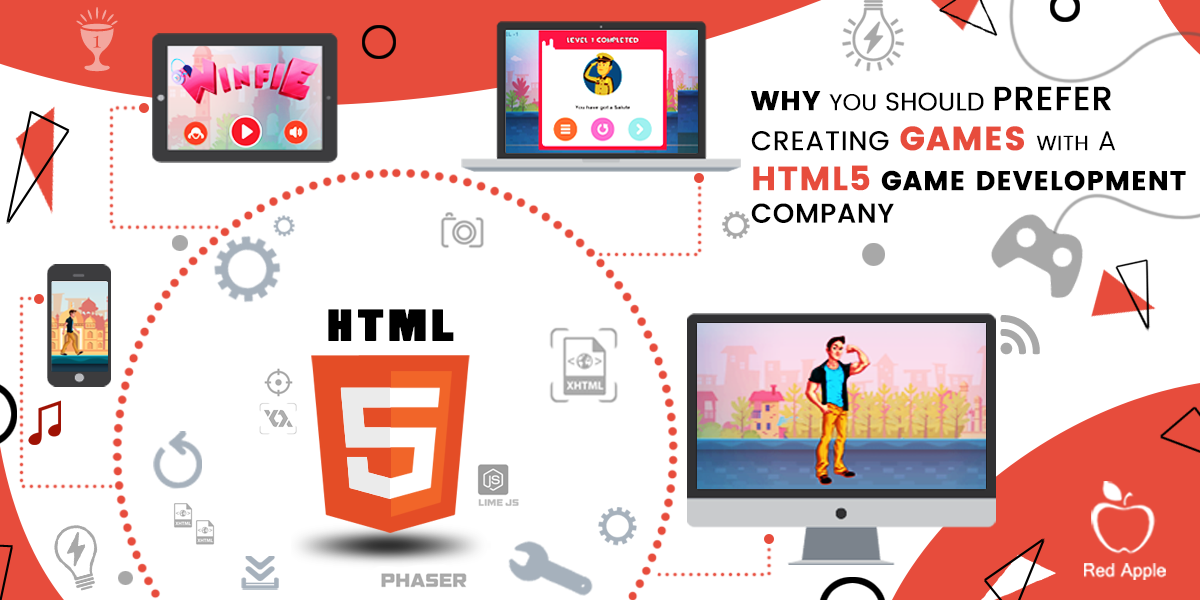Blitz News Digest
Stay updated with the latest trends and insights.
HTML5 Development: Where Code Meets Creativity
Unleash your creativity with HTML5! Discover tips, tricks, and tools to elevate your web development skills to new heights.
The Evolution of HTML: From HTML4 to HTML5
The evolution of HTML from HTML4 to HTML5 marked a significant milestone in the development of web technologies. Introduced in 1997, HTML4 focused on structuring web pages and allowed for the implementation of various multimedia elements. However, it lacked support for modern applications and complex media, making it less suitable for the rapidly evolving landscape of the Internet. The need for more advanced capabilities led to the creation of HTML5, which was officially released in 2014.
HTML5 introduced several groundbreaking features that enhanced the user experience and improved the way developers approach web development. Key enhancements include:
- New Semantic Elements: Elements like
<article>,<section>, and<nav>improve content organization and readability. - Multimedia Support: Native support for audio and video elements, allowing easier integration of media content without the need for third-party plugins.
- APIs and Offline Capabilities: Features such as the Canvas API and local storage provide developers with tools to create rich web applications.
These innovations have made HTML5 essential for modern web development, enabling developers to build dynamic, interactive websites.

10 Exciting Features of HTML5 That Enhance Creativity
HTML5 has revolutionized web development by introducing exciting features that significantly enhance creativity. One of the standout elements is the Canvas API, which allows developers to draw graphics on the fly using JavaScript. This capability empowers artists and designers to create stunning visual artwork directly on web pages without needing external plugins. Additionally, the audio and video support that HTML5 provides ensures that multimedia content can be embedded seamlessly, allowing for dynamic storytelling and engaging user experiences.
Another remarkable feature of HTML5 is its form elements enhancements. With new input types such as date, color, and range, developers can design more interactive and user-friendly forms. This not only improves user engagement but also collects data more efficiently. Furthermore, the local storage feature enables web applications to save data on the client side, ensuring a smoother user experience by reducing server requests and loading times. Together, these features facilitate a new level of creativity and interactivity in web design.
How HTML5 is Revolutionizing Web Development: Trends and Tips
HTML5 is revolutionizing web development by introducing a wealth of new features that significantly enhance user experiences and streamline the development process. With its advanced multimedia capabilities, developers can now effortlessly incorporate audio and video elements directly into their web pages without the need for third-party plugins. Additionally, HTML5 introduces semantic elements such as <header>, <footer>, and <article>, which not only improve the structure and readability of code but also enhance SEO performance. As the web evolves, employing these features is essential for keeping up with current trends.
To fully leverage the power of HTML5 in your web development projects, consider these key trends and tips:
- Utilize Responsive Design techniques to ensure your site is accessible and visually appealing on all devices.
- Incorporate Canvas for dynamic graphics and animations that can engage users more effectively.
- Focus on Progressive Web Apps (PWAs) to deliver a native-like experience on the web.
- Employ local storage options to enhance performance and user experience by reducing load times.